A UK survey showed that 82% of marketers believe email personalisation results in an increase in open rates, 75% believe it produces higher click-through rates and 56% see a positive impact on sales. So yes, artificial intelligence might be all the rage right now, but marketers should not forget that assets they have already in their marketing arsenal (such as the data in their CMS and marketing platforms) can really help their ROI.
Henry Hyder-Smith says that, with marketing innovations and flashy technology being presented as ‘ the new must-have tool in any marketing arsenal ’, it’s difficult for digital marketers to tell the shiny from the effective. But, according to the 2016 Econsultancy Email Industry Census, one of the top 5 areas to focus on now is personalisation.
I know what you’ll say – personalisation? Hasn’t that been around for years? With new tech innovations like real-time content and location-based triggered emails, the time has come for advanced personalisation to be considered a serious results and revenue generator in its own right. In fact, according to a recent study from the Institute of Direct and Digital Marketing (IDM) in collaboration with Adestra, 82% of marketers believe email personalisation results in an increase in open rates and 56% see a positive impact on sales.
The report is based on a survey of more than 600 UK marketers across different industry sectors and marketing disciplines, with a nearly equal split between B2B and B2C.
So, why is personalisation going through a resurrection? With increasing data and privacy concerns, consumers are demanding to see value for the level of data they share with your company. Also, with GDPR coming into effect in 2018, it will no longer be acceptable to collect data without using it in your communications.
Data collected is not reflected in marketing communications
By dividing the number of marketers who seldom use specific items of data by the number who collect that data, it is possible to identify a data protection non-compliance risk. For example, nearly two-thirds (64%) of marketers collect location data, but only infrequently use it in their email marketing, making its collection hard to justify. The 62% who collect online browsing history or the 58% that collect family make-up also carry a significant data risk.
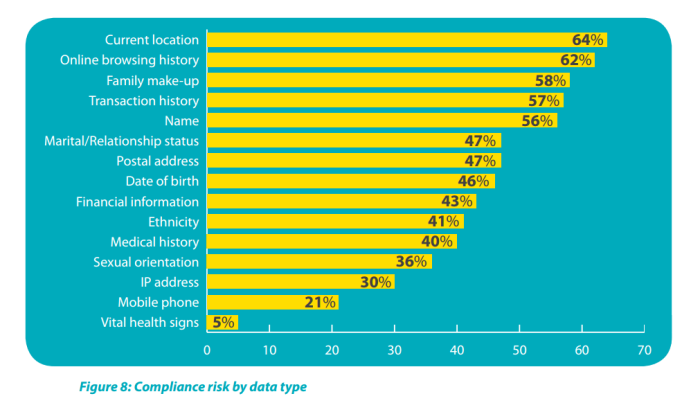
While the irregular use of certain data types could be blamed on marketers not having the right technology at hand to be able to use it, other ones should be business as usual. Therefore, it’s really surprising to see that 56% of marketers who responded to the survey collect name data and don’t regularly use it and the same for the 46% who collect their customers’ date of birth.
Powerful within the marketing arsenal: personalisation has a significant impact on results
With so much data being collected and infrequently used, you’d be forgiven for wondering why marketers have shown an increasing interest in focusing on personalisation. The answer comes from the fantastic results reported by those who do use it. Two benefits sit atop the rest: 82% of marketers think using personalisation in email marketing produces an increase in open rates and 75% believe it produces higher click-through rates. Great news, as both are core metrics for email campaigns for many marketers. Marketers also perceived the use of personalisation to provide wider business benefits, such as an increase in customer satisfaction (58%) and an increase in sales (56%).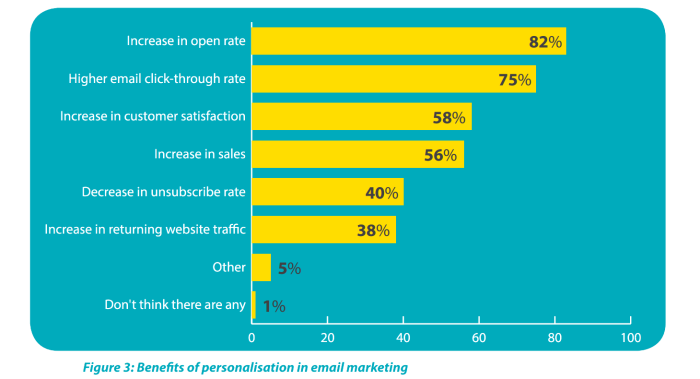
What role does personalisation play in different channels?
As we look across the marketing mix, websites and face-to-face seem to be the main methods of collecting data for personalising email communications. Websites are also among the top three channels that marketers do personalise (21%), along with direct mail (44%) and telemarketing (15%).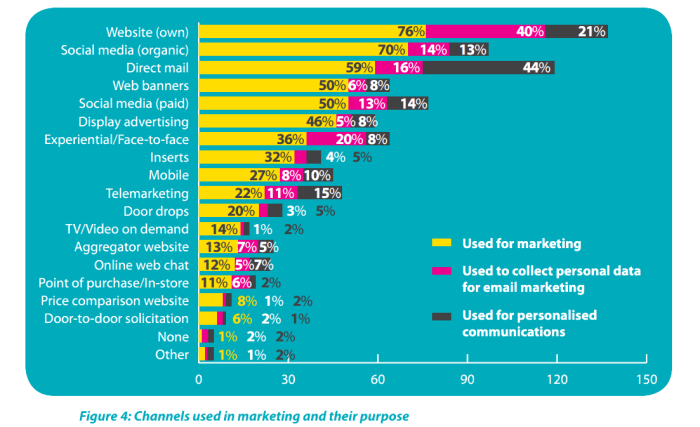
Although, when compared with how much websites are used for marketing, a disparity clearly arises. Websites should be at the heart of a brand’s personalised communications, especially as marketers utilise them to collect personal data. One possible explanation is that it’s likely that this data is used in other channels as part of a multi-channel marketing strategy.
Another area worth highlighting is organic social media which has become a personalisation ‘black hole’ – as 70% of marketers are using it, but only 13% are personalising. This is clearly a missed opportunity as it’s a good platform to feed into engagement and nurturing campaigns via personalised email.
Will GDPR affect marketers’ ability to personalise?
Most respondents to the survey don’t seem to think so. In fact, 95% of them believe they will be only somewhat impacted or not at all. When we asked about the ability to collect data, rather than use it, 15% of respondents expect the impact on their ability to collect data for email to be extreme, which is a clear cause for concern for the companies in question. They will have to focus on bringing their data practices up to speed to avoid being penalised after the GDPR is in force.
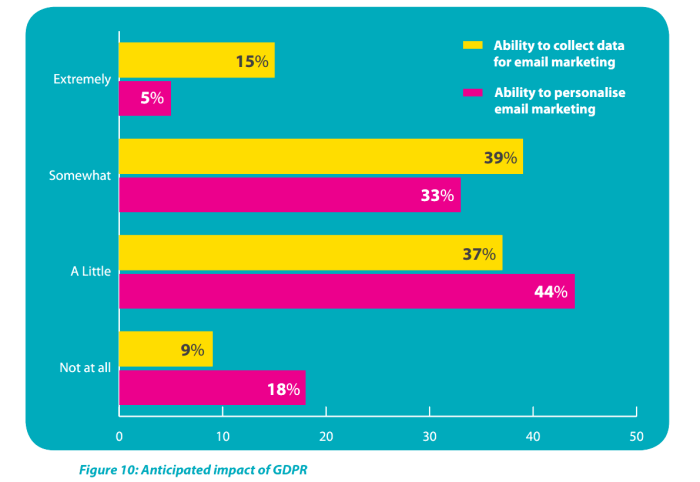
However, one area that GDPR will affect is the way in which data is collected. Currently, marketers have two main methods of collecting data about their customers – manual input (such as data that results from completing a form and opting-in to marketing communications) and automatically (or indirect collection, such as identifying a visitor from their IP address or similar). Manual collection is the dominant method, but ‘digital fingerprinting’ yields 23.5% of the data volume in use, being particularly used in the B2B sector. With explicit consent becoming a crucial part of GDPR, this practice will likely see considerable drops.
While there are many buzzwords ready to captivate marketers’ attention and distract them with promises of effectiveness, personalisation is a proven method of capturing and nurturing customers. Yes, new technology such as artificial intelligence might be all the rage right now, but marketers should not forget that there are assets they have already (such as the data in their CMS and marketing platforms) that could help them make a sizeable jump in their ROI today.
View the infographic: The marketing arsenal infographic displays top areas to focus on


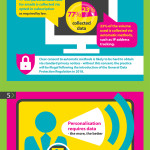








Leave your thoughts